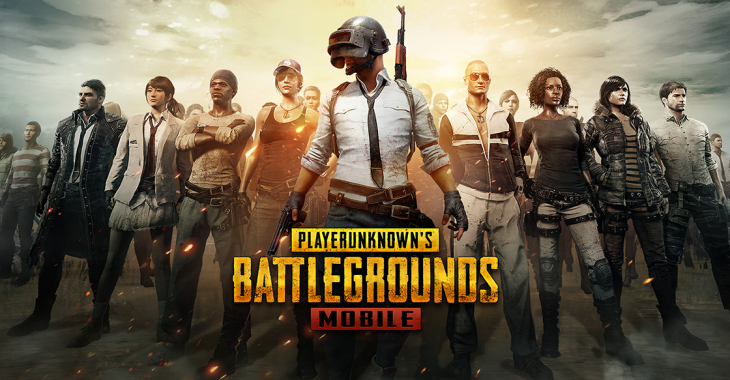The goal is to create a model which predicts players' finishing placement based on their final stats, on a scale from 1 (first place) to 0 (last place).
Battle Royale-style video games have taken the world by storm. 100 players are dropped onto an island empty-handed and must explore, scavenge, and eliminate other players until only one is left standing, all while the play zone continues to shrink.
PlayerUnknown's BattleGrounds (PUBG) has enjoyed massive popularity. With over 50 million copies sold, it's the fifth best selling game of all time, and has millions of active monthly players.
Source of data: https://www.kaggle.com/c/pubg-finish-placement-prediction/data
In a PUBG game, up to 100 players start in each match (matchId). Players can be on teams (groupId) which get ranked at the end of the game (winPlacePerc) based on how many other teams are still alive when they are eliminated. In game, players can pick up different munitions, revive downed-but-not-out (knocked) teammates, drive vehicles, swim, run, shoot, and experience all of the consequences -- such as falling too far or running themselves over and eliminating themselves.
You are provided with a large number of anonymized PUBG game stats, formatted so that each row contains one player's post-game stats. The data comes from matches of all types: solos, duos, squads, and custom; there is no guarantee of there being 100 players per match, nor at most 4 player per group.
